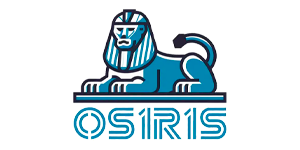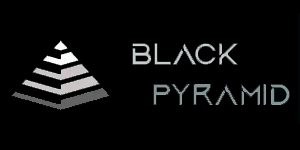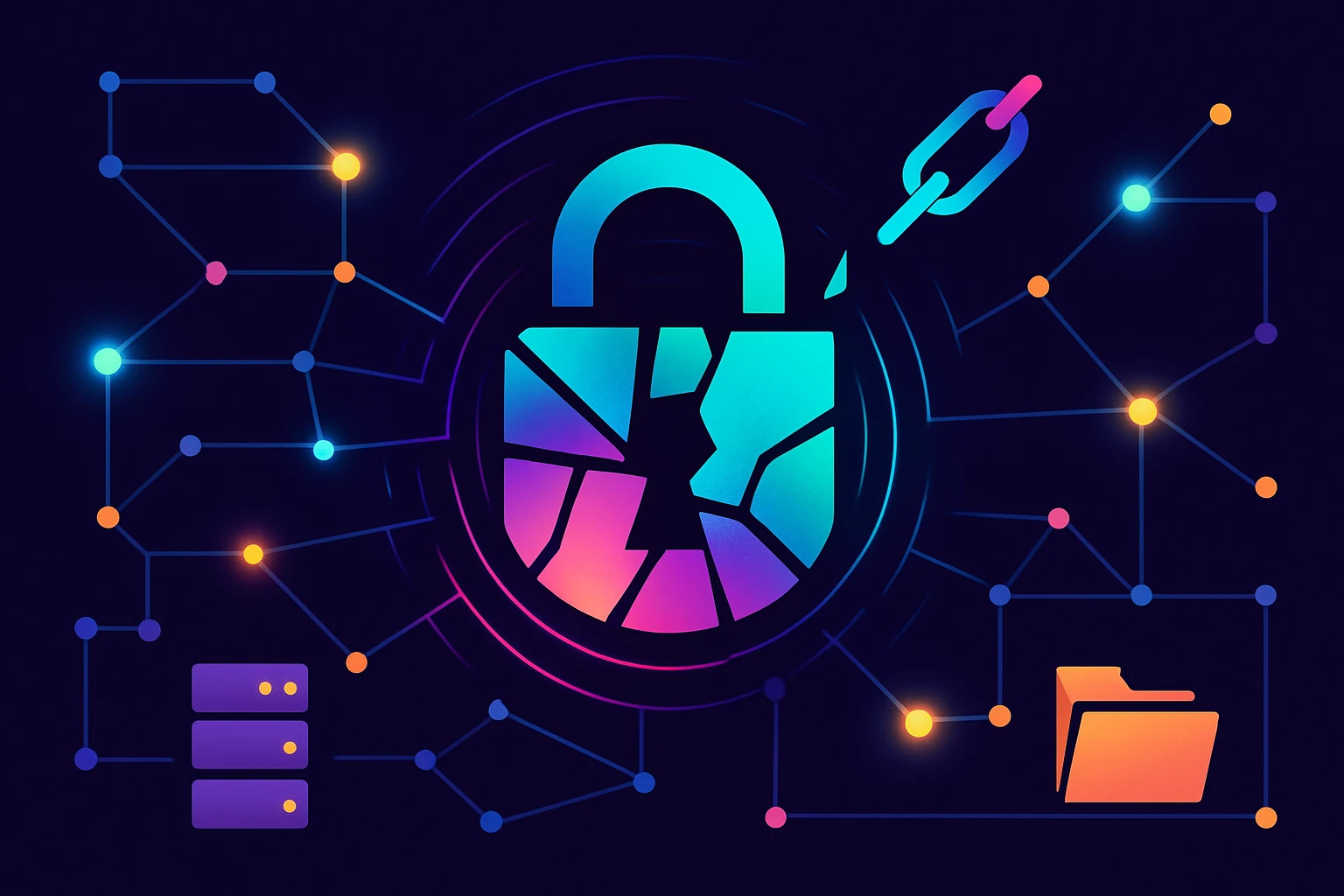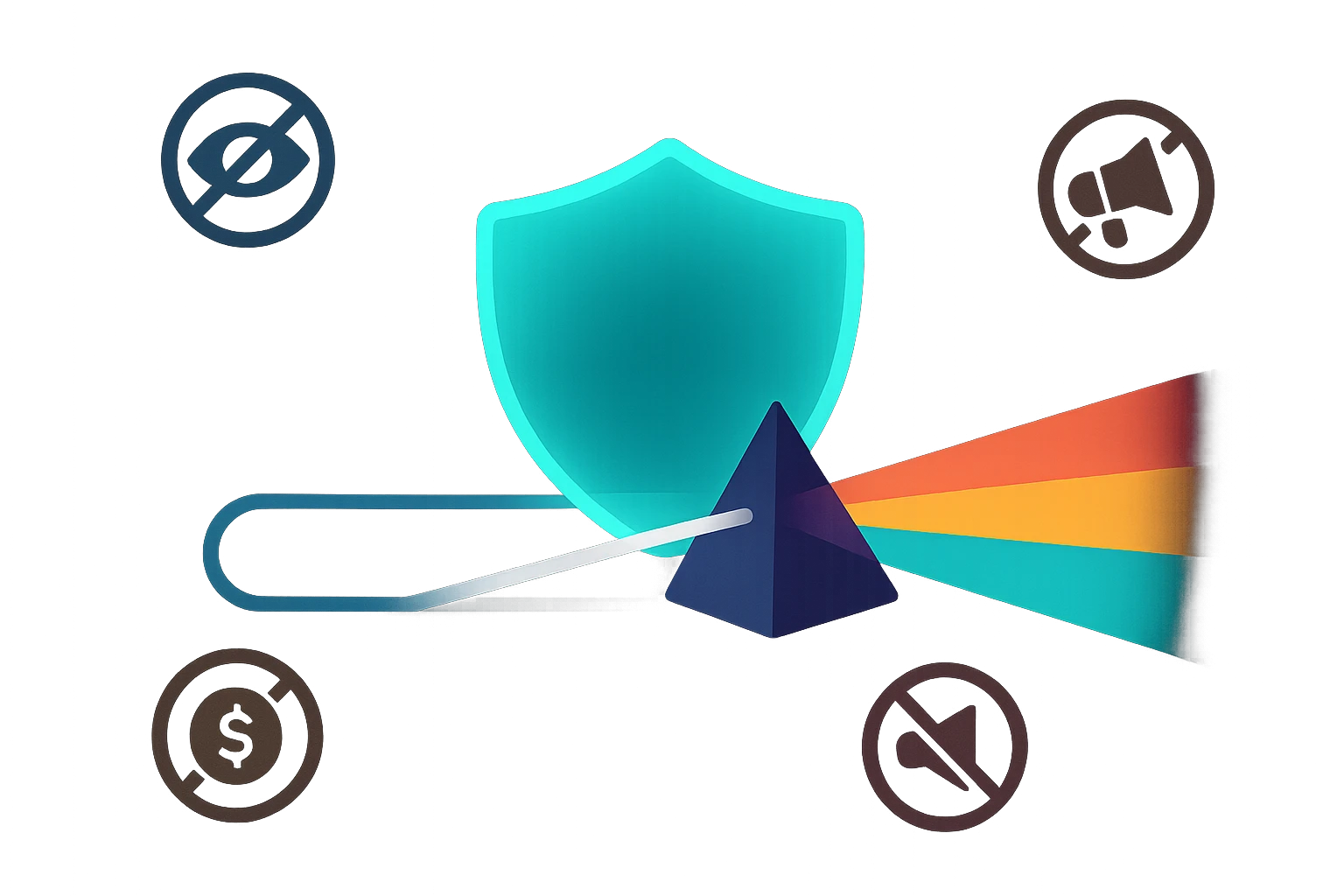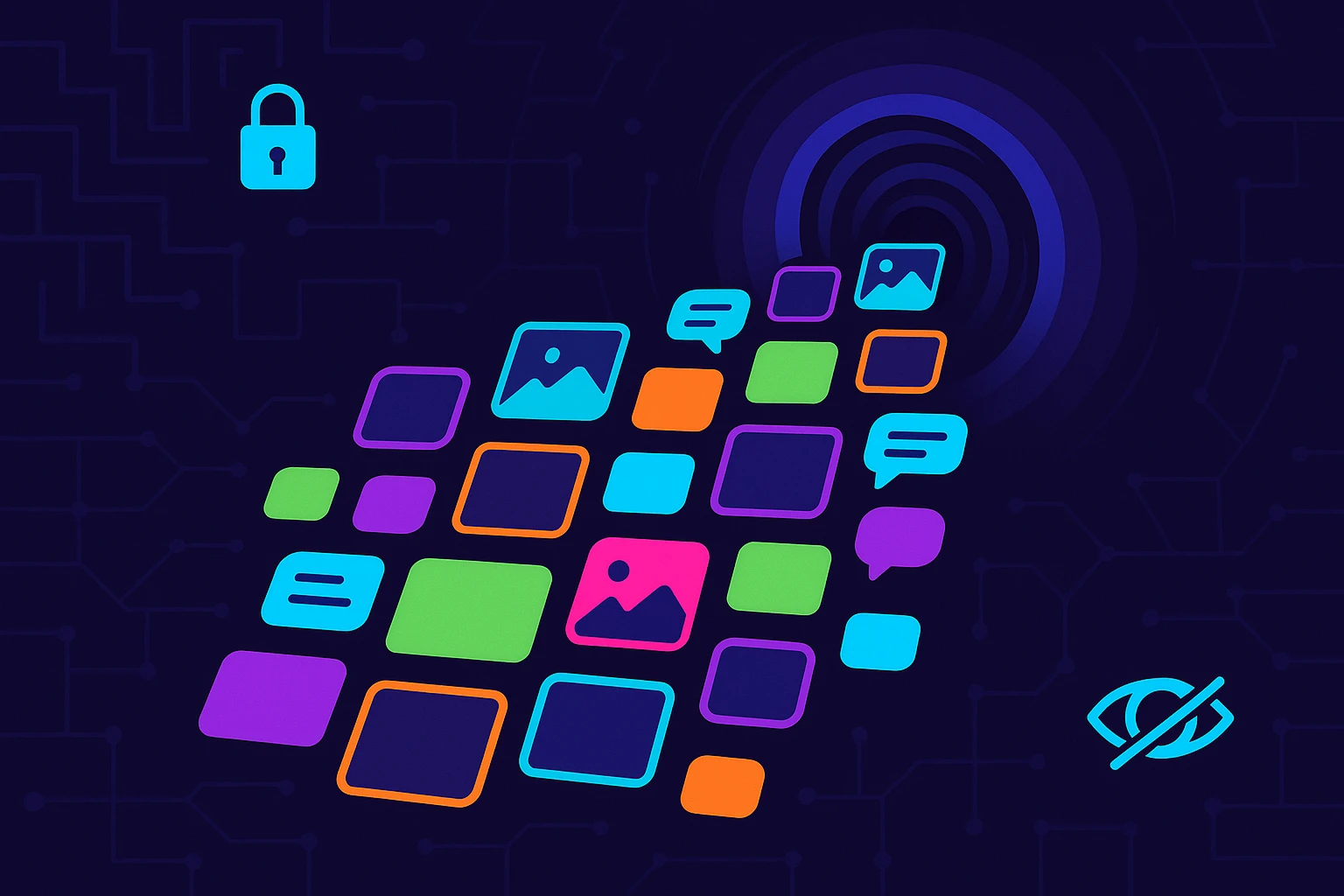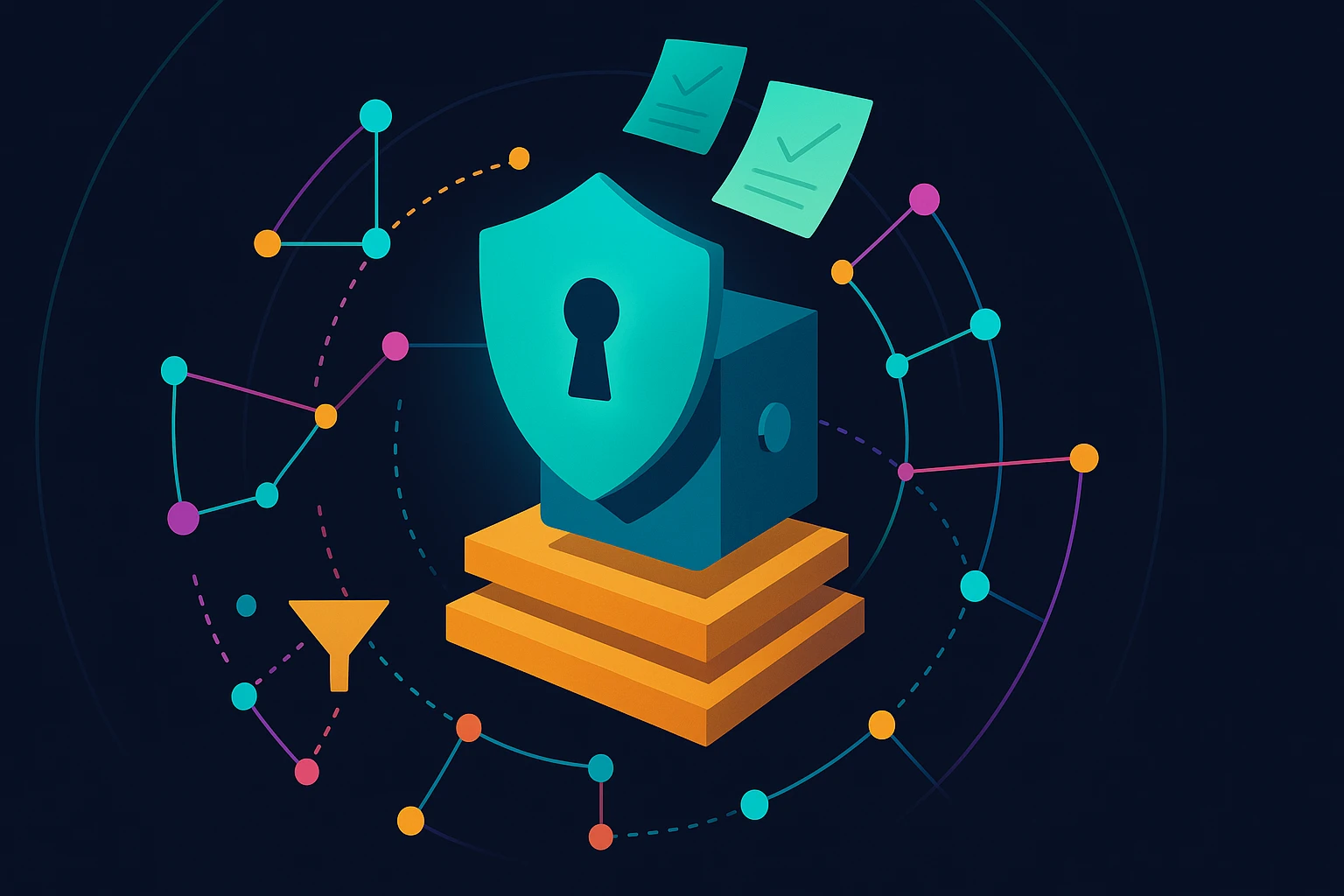Last Updated on May 14, 2025 by DarkNet
In today’s digitally connected world, protecting your personal information feels increasingly challenging. One major concern is the existence of your sensitive data on what’s known as the Dark Web—a hidden part of the internet accessible only through specialized software, where anonymous users trade information beyond the reach of search engines and traditional browsers. Often associated with illegal activities, the Dark Web serves as a black market where personal details such as passwords, credit card numbers, Social Security numbers, and even medical records are frequently bought and sold.
But how exactly does your personal data end up on the Dark Web in the first place? Typically, sensitive information finds its way there after major data breaches, phishing scams, identity theft incidents, or other cybersecurity attacks. Once exposed, your details could be exploited by cybercriminals, potentially leading to financial losses, identity fraud, and serious privacy violations.
Given these alarming threats, it’s natural to wonder whether you can truly remove your personal data from the Dark Web—or if that’s simply wishful thinking. This article separates myth from reality, providing a clear-eyed view of what’s possible, what’s not, and what proactive steps you can take right now to protect yourself.
Understanding the Problem
1.1 What Exactly Is the Dark Web?
The Dark Web is a hidden segment of the internet that cannot be accessed using traditional web browsers or search engines. Instead, users must utilize specialized software, such as the Tor Browser, designed to anonymize their identity and location. While the Dark Web was initially developed for legitimate privacy purposes, its strong anonymity has made it a haven for illicit activities. Marketplaces on the Dark Web often traffic illegal goods and services—including stolen data, hacking tools, counterfeit documents, drugs, and weapons—posing significant risks to personal and cybersecurity.
1.2 How Personal Data Ends Up on the Dark Web
Your personal data can end up on the Dark Web through various methods, most notably due to cyberattacks, data breaches, phishing schemes, and scams. Data breaches occur when cybercriminals compromise the security systems of companies or institutions to steal large amounts of personal data. Phishing attacks involve deceptive emails or messages that trick users into providing sensitive information such as login credentials or financial details. Additionally, scammers often manipulate victims into sharing personal details by masquerading as trustworthy entities or services. Once compromised, this stolen information frequently finds its way onto Dark Web marketplaces, where it is sold or traded.
1.3 Types of Personal Data Commonly Found on the Dark Web
The Dark Web hosts a wide range of stolen personal data. Among the most common types are:
- Email addresses and passwords: Cybercriminals frequently trade login credentials, often bundled and sold in bulk.
- Financial information: Stolen credit and debit card numbers, bank account details, and payment credentials are widely available for purchase.
- Social Security numbers (SSNs): Highly valued on the black market, stolen SSNs can be exploited for identity theft and fraudulent financial activity.
- Identity documents: Counterfeit or stolen passports, driver’s licenses, and other forms of identification are commonly traded.
- Medical records: Healthcare data, including personal medical histories and insurance details, are increasingly targeted due to their high market value.
Understanding how and why this sensitive information becomes available on the Dark Web is essential for anyone seeking to protect themselves from the potential risks associated with identity theft and online fraud.
Myth vs. Reality
When people discover their personal data on the Dark Web, the immediate instinct is often panic followed by the desperate desire to remove it as quickly as possible. Unfortunately, misinformation surrounding the ability to delete this data is widespread. It’s essential to separate common myths from the practical realities to better understand what actions can truly protect your privacy.
Common Myths about Removing Data from the Dark Web
Myth #1: You can completely remove your data from the Dark Web.
This is perhaps the most pervasive and misleading belief. Once data has been posted to the Dark Web, complete removal is virtually impossible. The Dark Web is decentralized, with content hosted across countless anonymous servers worldwide, making comprehensive data deletion extremely challenging.
Myth #2: Paying someone guarantees data removal.
Many services claim they can permanently remove personal data from the Dark Web for a fee. Unfortunately, these promises often turn out to be false or misleading. At best, such services might temporarily obscure the data or reduce visibility, but complete eradication is highly unlikely.
Myth #3: Changing passwords or closing accounts automatically removes compromised data.
While changing passwords or closing compromised accounts is critical for security, it does not erase previously leaked data already available on the Dark Web. Once compromised, information typically remains accessible indefinitely.
The Reality: What Is Actually Possible?
In reality, removing your personal information entirely from the Dark Web is rarely achievable. However, there are meaningful steps you can take to minimize the damage:
- Suppressing or Reducing Visibility:
Although total removal is improbable, it is sometimes possible to limit data exposure. Professional cybersecurity services can attempt to suppress listings, making it more difficult for criminals to locate and exploit the information. - Dark Web Monitoring and Alerts:
Proactive monitoring can help you quickly identify when your data appears on the Dark Web, allowing for immediate protective actions like credit freezes, changing passwords, and notifying financial institutions. - Damage Control Measures:
Promptly reporting compromised data to financial institutions, credit bureaus, and law enforcement agencies helps mitigate potential financial harm and identity theft risks.
Challenges and Limitations of Data Removal Efforts
Attempting to delete your data from the Dark Web is met with significant hurdles:
- Anonymity and Decentralization:
The Dark Web’s anonymous and decentralized nature makes tracing and removing data extremely difficult. Identifying and contacting the responsible parties is often impossible, as they deliberately hide behind encryption and anonymity tools. - Rapid Dissemination:
Once data is leaked, it spreads rapidly across multiple platforms, forums, and marketplaces, exponentially complicating removal efforts. - Lack of Legal Jurisdiction:
Many Dark Web servers are located in jurisdictions that either lack effective cybercrime enforcement or actively ignore international requests for assistance, rendering legal action ineffective or impossible.
In short, while removing personal data from the Dark Web completely is a comforting idea, the stark reality is that proactive prevention, vigilant monitoring, and strategic damage control are far more effective approaches. Understanding these limitations allows individuals to take realistic, informed actions to safeguard their digital privacy.
Solutions and Mitigation Strategies
Discovering your personal data on the Dark Web can be alarming, but there are clear steps you can take immediately to minimize potential damage and protect your identity from further harm. While total removal of data is typically impossible, proactive and responsive strategies can significantly reduce your risks and safeguard your privacy going forward.
Immediate Steps to Take When Your Data Is Found on the Dark Web
- Change Your Passwords Immediately
- Begin with your most critical accounts: email, online banking, financial platforms, and social media.
- Create strong, unique passwords for every account, combining letters, numbers, and special characters.
- Enable Two-Factor Authentication (2FA)
- Set up 2FA on every account that offers it. This ensures that even if your passwords are compromised, cybercriminals cannot access your accounts without the secondary verification.
- Monitor Your Financial and Credit Accounts
- Regularly check bank statements, credit card transactions, and online payment services for suspicious activity.
- Place fraud alerts or credit freezes on your credit reports by contacting Equifax, Experian, and TransUnion. This prevents unauthorized credit applications in your name.
- Report Identity Theft to Relevant Authorities
- If identity theft has occurred, promptly file a report with the Federal Trade Commission (FTC) at IdentityTheft.gov.
- Notify your financial institutions immediately and follow their recommended security protocols.
Effective Strategies to Minimize Harm from Dark Web Leaks
- Regular Dark Web Monitoring
- Use trusted monitoring services (such as Experian, Norton LifeLock, or IdentityForce) to continuously scan the Dark Web and alert you if your data appears online.
- Early detection can significantly limit damage and allow quicker protective action.
- Limit the Amount of Personal Information You Share Online
- Be cautious about what you share publicly on social media or websites. Cybercriminals often use publicly available details to execute targeted attacks.
- Stay Alert for Phishing Attempts
- Be skeptical of unsolicited emails, messages, or calls that request sensitive information. Verify the identity of senders before clicking links or providing any personal details.
Proactive Measures to Protect Your Data Going Forward
- Use a Secure Password Manager
- Password managers, such as LastPass or 1Password, help you generate, store, and securely manage strong, unique passwords.
- Practice Good Cyber Hygiene
- Regularly update software, operating systems, and antivirus programs to patch vulnerabilities.
- Avoid using public Wi-Fi without a secure VPN (Virtual Private Network).
- Regularly Review Privacy Settings
- Audit and adjust privacy settings across all your digital accounts regularly to limit unwanted exposure of your personal data.
By immediately taking these steps and adopting proactive security practices, you can significantly mitigate the risks associated with your personal data appearing on the Dark Web. While it’s not always possible to erase your information entirely, you can effectively limit the damage and prevent future compromises through vigilance and preparedness.
Professional Help and Tools
When faced with the troubling discovery of personal data on the Dark Web, many individuals turn to professional services promising to remove or manage their compromised information. While no service can guarantee complete removal of data from the Dark Web, certain tools and professional providers can significantly help mitigate potential harm, monitor ongoing threats, and reduce visibility.
Can Professional Services Really Remove Your Data?
It is crucial to set realistic expectations. Despite bold claims from some services, permanently erasing your personal data from the Dark Web is extremely difficult, if not impossible. Due to the anonymous and decentralized nature of the Dark Web, completely deleting your information once it has been compromised is rarely achievable. Legitimate professional providers typically emphasize threat detection, monitoring, and mitigation rather than complete removal.
Popular Dark Web Monitoring and Mitigation Tools
Several reputable services specialize in monitoring the Dark Web for personal information leaks and helping individuals respond promptly:
- Experian IdentityWorks
- Offers comprehensive monitoring and identity-theft protection, providing immediate alerts when personal data is found on the Dark Web.
- Includes credit monitoring and fraud-resolution support.
- Norton LifeLock
- Provides continuous monitoring of the Dark Web and notifies users about detected threats involving their personal data.
- Includes identity-theft insurance and recovery assistance.
- IdentityForce
- Specializes in identity-theft protection, offering real-time Dark Web monitoring, alerts, and expert assistance in managing identity breaches.
- Aura
- A user-friendly platform that combines Dark Web monitoring, identity-theft protection, financial alerts, and online security advice.
How to Choose a Reliable and Trustworthy Provider
When selecting a professional service for Dark Web monitoring and mitigation, keep these key considerations in mind:
- Transparency and Realistic Claims
- Avoid providers promising guaranteed removal of personal data. Reliable services will be honest about their capabilities and limitations.
- Comprehensive Monitoring Capabilities
- Choose a service offering extensive Dark Web monitoring, including multiple types of personal information, such as email addresses, passwords, financial details, and Social Security numbers.
- Reputation and Customer Reviews
- Check independent reviews and ratings. Services with a solid reputation and satisfied customers generally provide reliable protection and effective support.
- Customer Support and Identity Restoration
- Ensure the provider offers robust customer support and clear identity recovery assistance in case of an incident.
- Data Security and Privacy
- Select providers that clearly demonstrate strong security measures for protecting your data and privacy.
While no professional service can entirely remove your personal data from the Dark Web, trustworthy providers play a vital role in helping you manage potential risks effectively. By carefully selecting the right tools and services, you can significantly enhance your cybersecurity posture and protect your digital identity moving forward.
Real-world Examples
When navigating the troubling reality of having personal data exposed on the Dark Web, it’s helpful to learn from real-world cases. By examining both successful and unsuccessful attempts to remove or mitigate the impact of personal data leaks, we can better understand which approaches work—and, just as importantly, which do not.
Case Study 1: The Corporate Data Breach (Unsuccessful Removal)
In 2017, a major American retail company experienced a significant data breach, exposing millions of customers’ email addresses, passwords, and credit card details. Despite hiring cybersecurity professionals and investing heavily in reputation management and online cleanup, the company soon realized that completely removing leaked information from the Dark Web was impossible. The stolen data rapidly spread across multiple forums and marketplaces, illustrating the difficulty of comprehensive removal.
Key Lessons Learned:
- Rapid dissemination: Data moves extremely quickly online; the window to contain a leak is typically very small.
- Proactive monitoring: Had the company been quicker to discover and respond to the breach, the damage could have been significantly limited.
Case Study 2: Individual Identity Theft and Mitigation (Successful Containment)
In 2021, a California resident discovered through a Dark Web monitoring alert that his Social Security number, bank account details, and other sensitive personal information had appeared on several illicit marketplaces. Recognizing immediate action was necessary, he swiftly placed a credit freeze on his accounts, changed all critical passwords, and enrolled in an identity protection service. Though he couldn’t remove the leaked data completely, his quick actions prevented financial loss and identity fraud.
Key Lessons Learned:
- Immediate response: Acting quickly after detection significantly reduces potential damage.
- Comprehensive identity protection: Proactive monitoring combined with immediate mitigation measures (credit freezes, password changes, and two-factor authentication) effectively limits harm.
Case Study 3: Professional Service Limitations (Mixed Results)
In another instance, a woman in New York discovered her personal medical records on the Dark Web. She engaged a professional cybersecurity company that promised to remove her data entirely. While the service managed to remove some isolated postings, the data continued resurfacing elsewhere, leading to ongoing challenges. Ultimately, this scenario illustrated that full removal promises often fall short of reality.
Key Lessons Learned:
- Beware exaggerated promises: Professional services claiming total removal should be approached cautiously.
- Mitigation over removal: Efforts should primarily focus on limiting damage and preventing misuse rather than expecting complete deletion.
Best Practices Derived from Real Cases:
Based on these real-world experiences, consider the following actionable steps to protect your data effectively:
- Act immediately upon detection: Swift actions—such as password changes, credit freezes, and alerting financial institutions—are crucial.
- Invest in proactive monitoring: Regular alerts enable faster response times, significantly reducing risks.
- Focus on containment rather than complete removal: Accepting that removal may not be entirely achievable allows for more effective strategies around damage control.
- Be skeptical of services promising total removal: Choose professional assistance based on realistic claims and proven track records rather than exaggerated promises.
By learning from real examples, you can implement effective cybersecurity practices that provide practical protection in a world where complete data removal from the Dark Web remains elusive.
Conclusion
Removing your personal data entirely from the Dark Web is largely a myth, but that doesn’t mean you’re powerless. While the decentralized and anonymous nature of the Dark Web makes complete removal virtually impossible, proactive strategies can significantly mitigate potential harm. As we’ve discussed, swift actions—such as changing compromised passwords, enabling two-factor authentication, placing credit freezes, and reporting identity theft—are vital. Professional Dark Web monitoring services can also help detect threats early, allowing you to respond quickly and effectively.
Ultimately, vigilance and prevention are your best defenses. Regularly monitor your digital footprint, carefully evaluate services claiming to remove your data, and consistently apply good cybersecurity practices. By staying informed and proactive, you can maintain control over your personal data and protect yourself from the worst consequences of Dark Web exposure.



